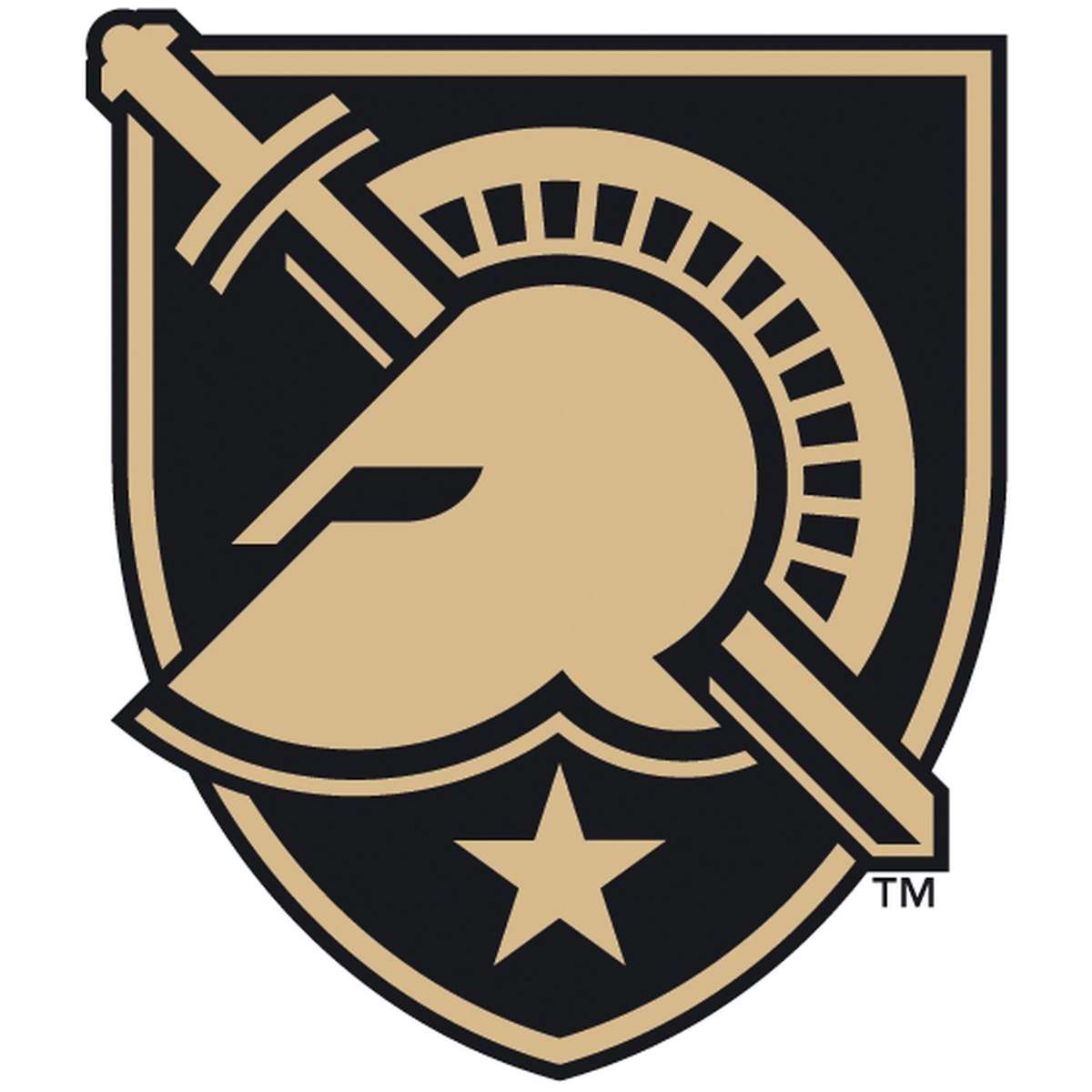Project
Experiments
Plasmid Purification
5mL LB cultures were inoculated and grown overnight at 37C and shaking at 220rpm
Cultures were spun at 3700rcf for 5min, and supernatant was discarded
Plasmids were isolated using the DNA Plasmid Miniprep Kit (Qiagen)
PCR
25uL 2X PCR Taq Plus Mastermix (ABM Bioscience)
1uL template plasmid
1uL forward primer (final concentration 0.5uM)
1uL reverse primer (final concentration 0.5uM)
22uL water
Reactions were run on BioRad MyCycler thermocycler with the following protocol:
Step 1: 95C for 1min
Step 2: 95C for 30sec
Step 3: 52C for 30sec
Step 4: 71C for 30sec
Repeat steps 2 through 4 for 40 cycles
Step 5: 71C for 2min
Step 6: hold at 4C
The generation of PCR products was confirmed using agarose gel electrophoresis
PCR reaction clean up
PCR reactions were purified using the PCR Clean-up Kit (Qiagen) following the manufacturer’s instructions
Restriction Digest Reactions
2uL 10X reaction digest buffer (New England BioLabs)
1uL enzyme 1 (New England BioLabs)
1uL enzyme 2 (New England BioLabs)
1-10uL Plasmid or PCR insert
Adjust with water so that final volume is 20uL
All reactions were run overnight at 37C in a BioRad MyCycler thermocycler
Prior to reaction clean up, plasmids were treated with 1uL Antarctic Alkaline Phosphatase (New England BioLabs) for 1hr at 37C
All reactions were cleaned up with PCR Clean-up Kit (Qiagen) following the manufacturer’s instructions
Ligation Reactions
2uL 10X T4 Ligase Buffer (New England BioLabs)
0.5uL T4 DNA Ligase (New England BioLabs)
1-5uL of digested target plasmid (200ng of plasmid)
5-12.5uL of digested insert (600ng of insert)
Adjust volume with water to 20uL
Ligation reactions were incubated overnight at 16C a BioRad MyCycler thermocycler
Bacterial Transformations
Competent DH5alpha cells or BL21(DE3) cells (New England BioLabs) were thawed on ice
5uL of ligation reaction was added to cells and stirred
Cells/ligation solution was incubated on ice for 20min
Cells/ligation solution was placed in 37C heat block for 30sec
Cells/ligation solution were placed back on ice for an additional 2min
Cells/ligation solution were transferred to 100uL of pre-warmed SOC media
Cells in SOC media were incubated at 37C with shaking at 220rpm for 1hr
Cells were then plated on LB/Agar plates containing the appropriate antibiotic
Plates were placed in a 37C bacterial incubator at 37C overnight
Plates were removed in the morning
Colony screening
Individual colonies were used to inoculate 5mL LB cultures
Cultures were grown overnight
Plasmids were isolated using the DNA Plasmid Miniprep Kit (Qiagen) following the manufacturer’s protocol
Plasmids were then digested with restriction enzyme reactions at 37C overnight in 16C a BioRad MyCycler thermocycler
Reaction products were analyzed by gel electrophoresis
Agarose Gel Electrophoresis
0.8g of Agarose (Sigma) was dissolved in 100mL of 1X TAE (Sigma)
Agarose solution was microwaved until boiling
Molten agarose solution was used to cast gel
0.5uL of ethidium bromide stock solution was added to the molten agarose and stirred thoroughly
Gel comb was placed in mold
Gel was allowed to solidify at room temperature before being transferred to gel running box
1X TAE running buffer was added until gel was submerged
Sample prep
Samples:
5uL of PCR reactions were loaded straight into gels (PCR buffer is designed for straight-to-gel analysis)
For all other samples, 4uL of 6X loading buffer (New England BioLabs) was added per 20uL volume
Ladders:
1uL 100bp or 1kb ladder (New England BioLabs)
2uL 6X loading buffer (New England BioLabs)
9uL water
Samples were loaded into respective wells
Gel was run at ~100V for ~40min
Bands on gel were visualized using a transilluminator (UVP)
Expression of OR1D2 and Synthetic Operon Proteins
Overnight cultures in minimal media using glycerol as the carbon source were inoculated with BL21(DE3) bacteria co-transformed with hOR1D2 and synthetic operon expression plasmids. Overnight cultures were incubated at 37C with shaking at 220rpm. The following morning, overnight culture was used to inoculate 4 fresh cultures in 20mL minimal media to an OD600 of 0.2. Cultures were grown incubated at 37C with shaking at 220rpm until the OD600 reached 0.6, when cultures were pelleted by centrifugation (3500xg for 5min), resuspended in PBS and then pelleted again by centrifugation (3500xg for 5min), before being resuspended with minimal containing either arabinose with IPTG (media had no glycerol), arabinose only (media had no glycerol), IPTG (media contained glycerol) only, or water (media contained glycerol). Arabinose had a final concentration of 0.1% and IPTG had a final concentration of 0.5mM. After the media change and addition of either arabinose and/or IPTG, cultures were incubated at 37C with shaking at 220rpm for an additional 3 hours, after which cells were pelleted by centrifugation (3500xg for 5min) for RNA harvest and qPCR analysis.
Collection of RNA
Cells were pelleted by centrifuging cultures at 3500xg for 5min, and supernatant discarded
RNA was isolated using RNA Miniprep Isolated Kit (Qiagen) following manufacturer’s instructions
cDNA First Strand Synthesis
1-8uL of RNA (3ug RNA)
1uL Random hexamer primers (ThermoFisher)
1uL 10mM dNTPs (ThermoFisher)
Volume adjusted to 10uL with DEPC-treated water
RNA/NTP solution was incubated at 65C for 5 in a BioRad MyCycler thermocycler, then the following were added:
2uL 10XRT buffer (ThermoFisher)
4uL 25mM MgCl2 (ThermoFisher)
2uL 0.1M DTT (ThemroFisher)
1uL RNaseOUT (ThermoFisher)
1uL SuperScript (ThermoFisher)
Reactions (20uL total volume) were run in BioRad MyCycler thermocycler at:
25C for 10min
50C for 50min
85C for 5min
qPCR
All samples were run in triplicate
Individual samples were prepared as follows:
0.3uL cDNA
0.5uL forward primer
0.5uL reverse primer
10uL 2XSYBR Green Dye
8.7uL Water
Reactions were placed in a 96well qPCR plate (Applied Biosystems) and sealed with microplate adhesive film (Applied Biosystems)
Reactions were run on an Applied Biosystem 7500 Real Time PCR system
Data was analyzed using Excel (Microsoft)


